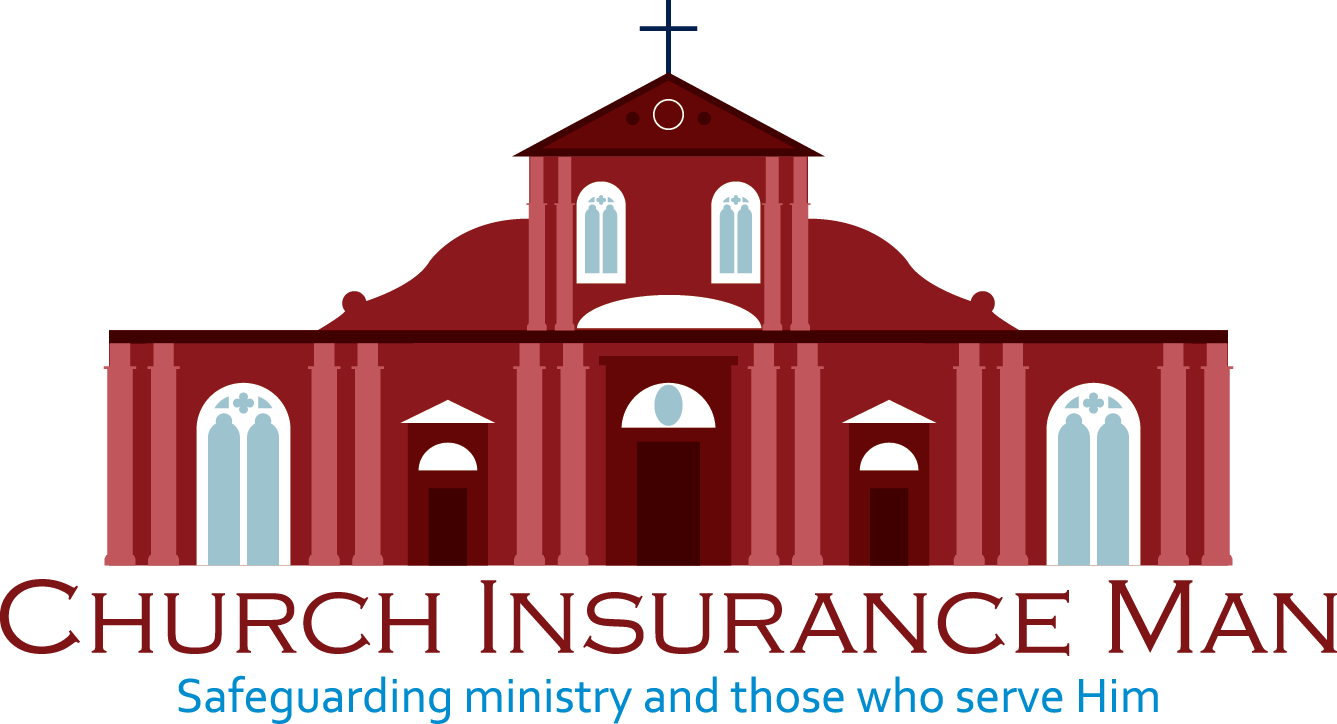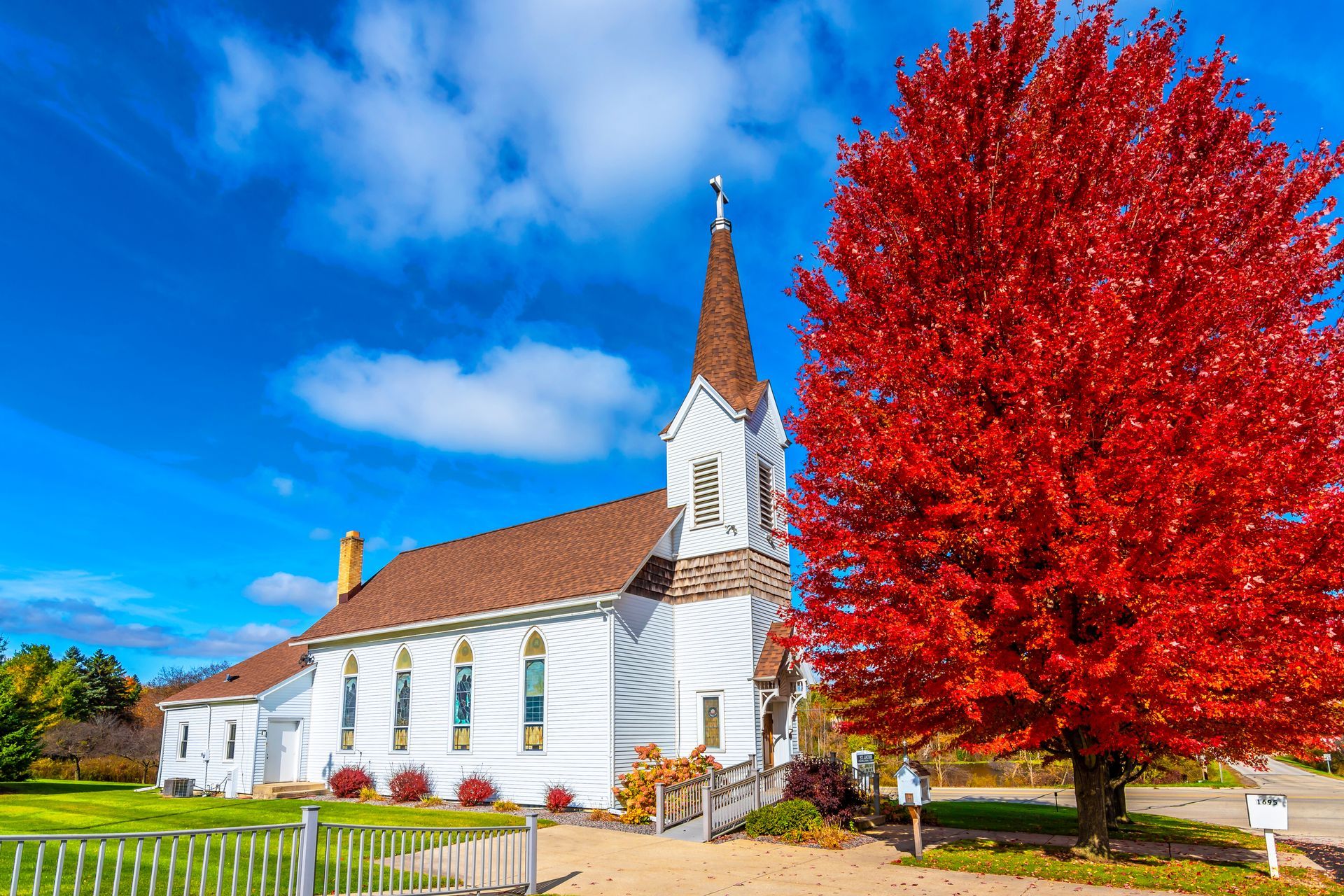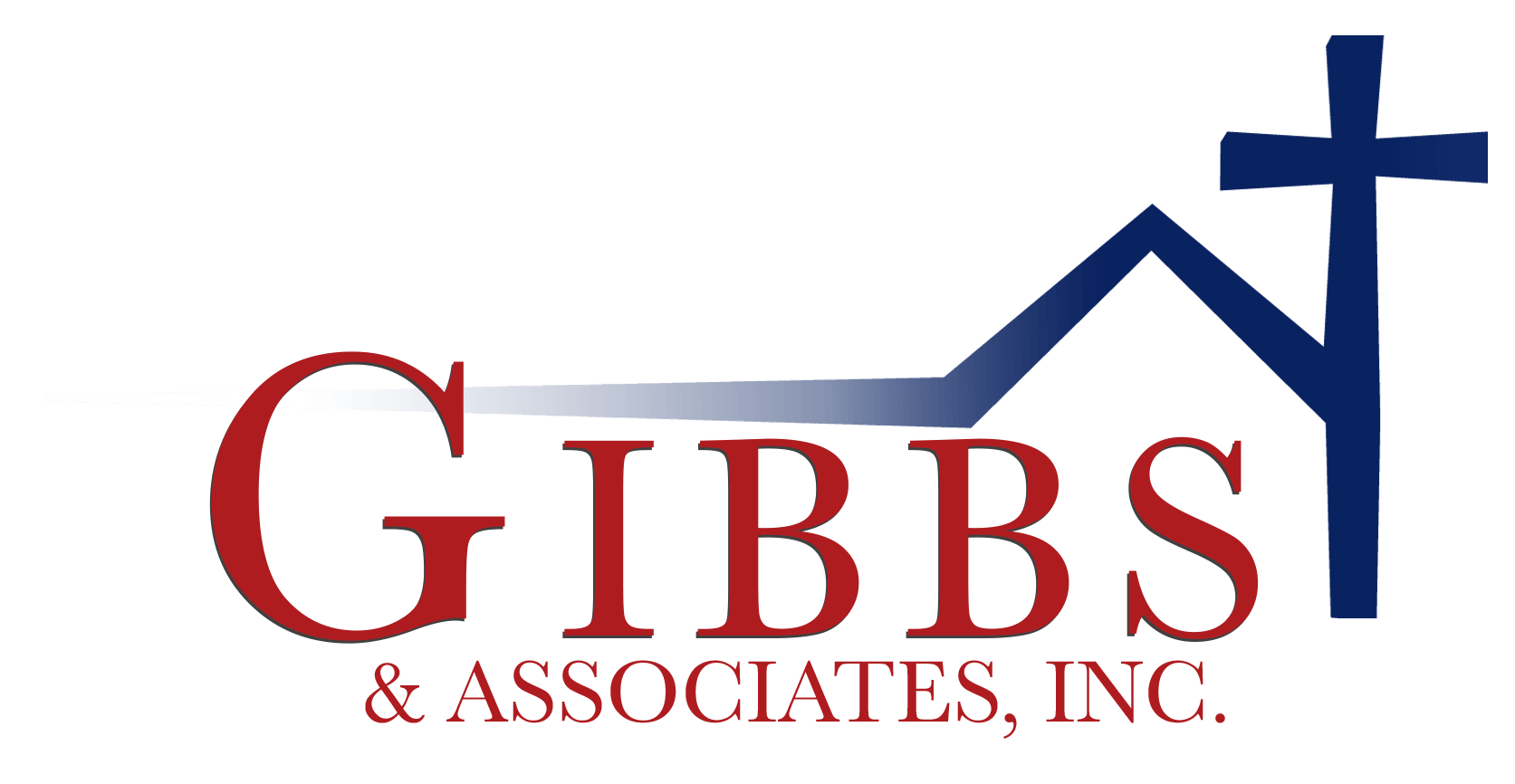Property Insurance After Natural Disasters for Churches
Comprehensive Insurance Coverage for Churches After Natural Disasters
Because weather conditions are sometimes unpredictable, the threat of natural disasters such as hurricanes, floods, and tornadoes poses a significant challenge for churches in Macon, Columbus, Gainesville, and Gwinnett area. It is essential for church leaders and community members to proactively prepare for the potential devastation these events can cause and to ensure that their church has the right insurance coverage in place to mitigate financial risks. In this blog, we will explore the crucial steps involved in preparing your church for natural disasters and discuss how comprehensive insurance coverage can support your ministry in times of crisis.
Comprehensive Insurance Coverage and Natural Disasters
In the aftermath of a natural disaster, having the right insurance coverage can be a critical factor in determining your church's ability to recover and rebuild. Key coverages to consider include:
A. Property Insurance:
Comprehensive property insurance can protect against damages to your church building, contents, and grounds in the event of a natural disaster. Be aware that some policies may not automatically include coverage for specific events like floods or earthquakes, so check the details of your insurance policy carefully.
B. Business Interruption Insurance:
This coverage can help cover the loss of income your church may experience due to the temporary closure of the facility following a disaster.
C. Extra Expense Coverage:
In the aftermath of a natural disaster, your church may incur additional expenses to resume operations quickly (e.g., renting a temporary space or equipment). Extra expense coverage can help offset these costs.
D. Flood and Earthquake Insurance:
Depending on your location, you may need separate insurance policies for flood or earthquake damage. Consult with your church insurance specialist to determine the best solutions for your needs.
Developing a Church Emergency Response Plan
A comprehensive church emergency response plan provides a roadmap for action in the event of a natural disaster:
A. Establish clear guidelines:
Develop a set of protocols and procedures for your church staff and congregation to follow during a crisis. Include information on evacuations, safety measures, emergency communication, and responsibilities of each team member.
B. Conduct drills and training:
Regularly provide training and conduct drills with your church staff and volunteers to familiarize them with emergency procedures and ensure they can act efficiently and calmly under pressure.
C. Coordinate with local authorities:
Work closely with local disaster response agencies and coordinate your church's efforts to provide aid and support to affected communities.
Strengthening Your Church's Infrastructure
Investing time and resources in strengthening your church's physical infrastructure can significantly reduce the impact of natural disasters:
A. Assess your building's vulnerability:
Conduct a thorough assessment of your church building to identify potential weaknesses. Hire professionals to inspect your roof, foundation, and overall structural integrity.
B. Implement mitigation measures:
Make necessary upgrades and repairs to minimize the risk of damage. Consider installing storm shutters, reinforcing roof systems, and adding flood barriers as needed.
C. Plan for backup power:
In the event of a power outage, having a backup power source (e.g., a generator) is essential to ensuring the ongoing safety and comfort of your congregation.
Building a Disaster Recovery Fund
Setting aside funds specifically for disaster recovery is another vital aspect of preparedness:
A. Determine the amount needed:
Estimate how much money would be required for your church to recover from a natural disaster by considering factors like building repairs, temporary relocation expenses, and other financial shortfalls.
B. Develop a fundraising strategy:
Craft a strategic fundraising plan to collect the necessary funds. Consider drawing funds from tithes and offerings, organizing fundraising events, or applying for grants.
C. Monitor the fund's progress:
Regularly review and update the disaster recovery fund to ensure it stays adequately funded and relevant.
Inspiring Resilience, Faith, and Hope in Your Congregation
Facing the prospect of natural disasters can be daunting, but your church has the power to inspire resilience, faith, and hope in your congregation. With comprehensive insurance coverage, a well-developed emergency response plan, a secure infrastructure, and a disaster recovery fund in place, you can ensure that your church stands strong amidst adversity. Under your guidance, your ministry can emerge from the aftermath of a disaster with renewed purpose, strength, and unity.
Protect your church and congregation from the unforeseen challenges of natural disasters. Reach out to the
church insurance experts at Church Insurance Man today for a comprehensive evaluation of your current coverage and assistance in determining the best insurance solutions to meet your needs.











